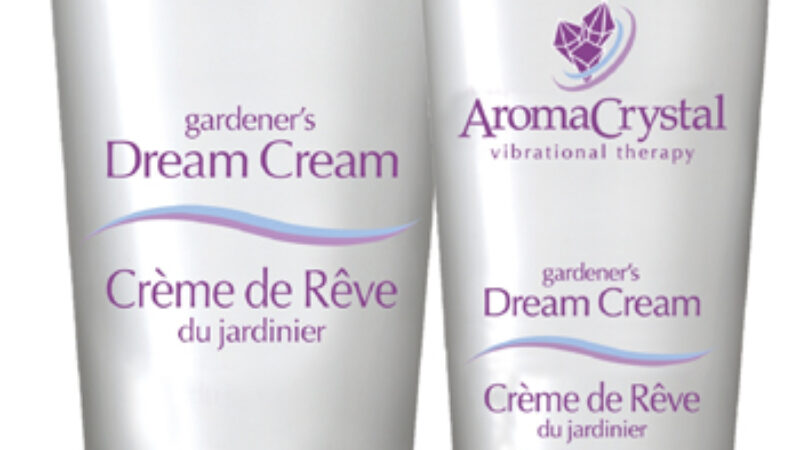Alpha hydroxy acids, commonly referred to as AHAs, are effective ingredients that are widely used in cosmetic formulations. Though found widely in nature, they may also be synthesized in a lab.
Alpha hydroxy acids are included in skin care preparations for their ability to exfoliate or remove the surface layer of skin cells, allowing healthier skin cells to come to the surface. This process can help to improve the way that skin looks and feels.
Alpha hydroxy acids tend to be used in one of two ways:
- Chemical peels in high concentrations (generally over 20%). These are generally performed in an office setting by a qualified professional.
- At home creams, serums, cleansers etc in concentrations up to 15%.
Are alpha hydroxy acids effective?
The effectiveness of alpha hydroxy acids has been documented in several studies. In one study, a 50 percent glycolic acid peel was shown to improve the appearance of sun damaged when applied for four weeks. Ohter studies have demostrated an improvement in dry skin and, at higher concentrations, skin thickness is increased by improving elastin and collagen production.
Glycolic acid (derived from sugar cane), is the most widely used AHA and has considerable research to support its effectiveness. The downside is that it can be more irritating than other AHAs and may be problematic in darker skin types, where it may lead to hyperpigmentation. Other effective alpha hydroxy acids include:
- Lactic acid, derived from milk. It is milder and tends to be less irritating than glycolic acid, making it ideal for sensitive skin.
- Citric acid from citrus fruits
- Malic acid from apples and pears
- Tartaric acid from grapes
- Mandelic acid from almonds. Mandelic acid is well tolerated and ideal for darker skin types where the risk of hyperpigmentation is very low.
AHAs are most effective at concentrations above 8%. They should be formulated at low ph in order for them to be effective. Lower concentrations (less than 8%) are a good way to gradually introduce an AHA into your regimen, without over sensitizing skin.
What are the side effects of alpha hydroxy acids?
Though generally safe, alpha hydroxy acids can irritate some skin types leading to redness or flaking. They also increase skin’s photosensitivity, making individuals more susceptible to sunburn. For this reason, one should never use an AHA without a minimum of SPF 30 protection.
How do you incorporate an AHA into your skin care regimen?
Normal and dry skin types benefit most from AHAs. Though cleansers and toners will deliver some benefit, you’ll get the best bang for your money by using an AHA cream, serum or lotion which will work by staying in contact with your skin.
My top pick is MaMa Lotion, a 20% AHA serum (with 10% mandelic acid and 10% malic acid). Studies have shown that MaMa Lotion is effective for:
- Melasma and other hyperpigmentation disorders
- Acne
- Acne scars
- Wrinkles and fine lines
- Rosacea.



